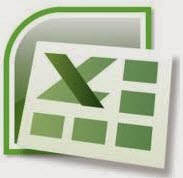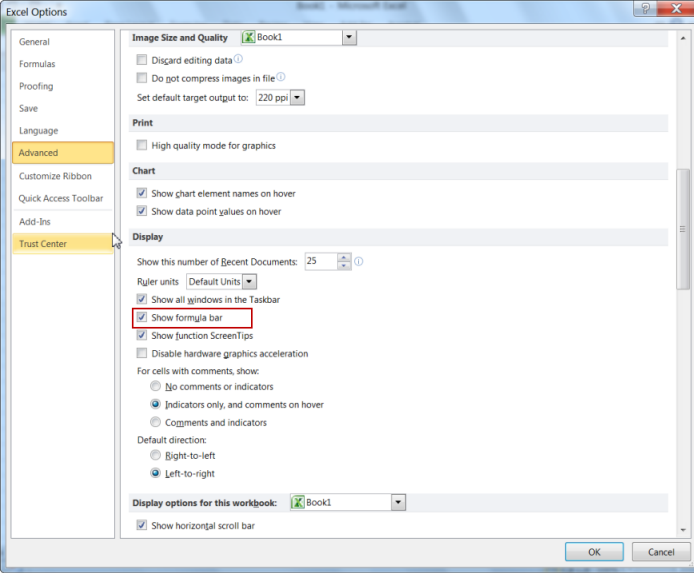It is proposed
to give a memorandum to the Chairman of the VII th pay commission our
suggestion on the following points, hence it is invited from the colleagues
more suggestion to incorporate in the
memorandum.
Since 1946, six
pay commissions had been constituted to review and recommend the pay structure
of the Central Government Employees. The pay commissions have taken many
aspects into consideration to prescribe the pay structure. Some mile stones are
i)
Living wage
ii)
Need-based wage
iii)
Proper pay package
Generally, the
pay commission will analyse all the aspects including the economic situation of
the country, financial resources of the government, comparison with public
sector, private sector and state government pay structure.
It is observed
an interesting factor which is common to all the past pay commission
recommendations, particularly in the matter of percentage of increase in the
pay. Average 3 times increase in the pay commission recommended by each pay
commission and it was implemented.
The proposed pay
commission prefer to continue the same running pay band and grade pay system
the revised pay structure may like as below.
6 th CPC pay structure
|
7 th CPC projected pay structure
|
|||||
Name of Pay Band
|
Pay Band
|
GP
|
Entry pay+GP
|
Pay Band
|
GP
|
Entry pay+GP
|
PB-1
|
5200-20200
|
1800
|
7000
|
15600-60600
|
5400
|
21000
|
PB-1
|
5200-20200
|
1900
|
7730
|
15600-60600
|
5700
|
23190
|
PB-1
|
5200-20200
|
2000
|
8460
|
15600-60600
|
6000
|
25380
|
PB-1
|
5200-20200
|
2400
|
9910
|
15600-60600
|
7200
|
29730
|
PB-1
|
5200-20200
|
2800
|
11360
|
15600-60600
|
8400
|
34080
|
PB-2
|
9300-34800
|
4200
|
13500
|
29900-104400
|
12600
|
40500
|
PB-2
|
9300-34800
|
4600
|
17140
|
29900-104400
|
13800
|
51420
|
PB-2
|
9300-34800
|
4800
|
18150
|
29900-104400
|
14400
|
54450
|
PB-3
|
15600-39100
|
5400
|
21000
|
29900-104400
|
16200
|
63000
|
PB-3
|
15600-39100
|
6600
|
25530
|
46800-117300
|
19800
|
76590
|
PB-3
|
15600-39100
|
7600
|
29500
|
46800-117300
|
22800
|
88500
|
PB-4
|
37400-67000
|
8700
|
46100
|
112200-20100
|
26100
|
138300
|
PB-4
|
37400-67000
|
8900
|
49100
|
112200-20100
|
26700
|
147300
|
PB-4
|
37400-67000
|
10000
|
53000
|
112200-20100
|
30000
|
159000
|
(Thanks to gservants.com)
Eg: The official drawing pay of Rs18290/=
with Grade Pay of Rs5400/= on 31.12.2015 his pay on 01.01.2016 is as below. The
DA assumed as 130%(90+40) up to 31.12.2015
Existing Pay (9300-34800) Revised Pay(29900-104400)
Pay 18290 42070
GP
5400
16200
HRA
6987
17481
T.A
7360 7360
D.A
30277
0
Total Rs 68314
Rs 83111
The 6 th Pay
commission introduce a new method of giving annual increment in 1st
July and employees completing six months and above in the scale as on July 1st
will eligible for increment.
It is suggested
instead of 1st July if it is as 1st Jan the problem of
Feb to June and also the increment earned for 6 months qualifying service having
the punishment of 6 months increment withheld of the punishment having no
effect also solved .The full increment will be earned after completion of one
year only.
The pay in the revised scale should be
fixed to both those in either in substantive or officiating post on 01.01.2016.
The next increment will be on 01.01.2017.
If those who
are having non-qualifying service between two increment, the increment to be
given as above. Say 11.01.2016 to 20.06.2011 his increment should be reduced
for full completed month proportionately as 4*0.25 =1 from 3% and given on
01.01.2017 which is beneficial to the official without any postponement of
increment from 01.01.2017.
Those who are
promoted on 01.01.2016 the pay in the pre-revised scale should be fixed on
01.01.2016 and 3% increment should be given for promotion with next grade pay.
The increment
for promotion having higher responsibility should be minimum 10% (deputation
allowance is 10% and teaching allowance 15%) for not involving higher
responsibility it may be 3% . For MACP either it may be 3% increase only or a
separate intermediately grade pay to be introduced for getting 10% increase.
The promotion is not attractive meagre amount of increase in Pay and even in
drop in emoluments when promoted to station from 30% station to 20% station.
Those who are
promoted after 01.01.2016 the next increment will be on 01.01.2017 only but at
proportionate rate.
Eg: if promoted on 02.02.2016
then his next increment on 01.01.2017 at 2.75%(3*11/12%)
ie 0.25% to be reduced per month.
If those who are
having non-qualifying service between two increment, the increment to be given
as above. Say 11.01.2016 to 20.06.2011 his increment should be reduced for full
completed month proportionately as 4*0.25 =1 from 3% and given on
01.01.2017 which is beneficial to the
official.
The same will be
adopted for retirement cases also.
Those who are
retiring between Jan to June even though
they are having more than six months qualifying service they are not eligible
for increment but those who are retiring on or after July and having only six
months qualifying service will earn increment on 01.07. This also can be
removed by adopting the same analogy as mentioned above by giving proportionate
increment.
If this will be recommended it will be
another mile stone in the recommendation of pay commission.
For example those who are retiring in
between Feb to June they will get a proportionate increment @0.25% per month
and it will give some benefit to the retiring employee.
Nowadays, any organized sector or corporate
sector welcoming the cashless treatment nearby residence. Hence, instead of
Medical Attendance Rules, it is better to provide Health Insurance coverage to
all employees with their family on recovering Rs300/= per month as CGHS
recovery and provide Insurance coverage to all employees. Nowadays only 20 -30%
employees only enjoying the benefit under MA rules but this scheme will cover
all the employees.
The yearly
contribution by all Central Government employees will touch the amount of Rs 1326
crores by 3684543 employees if it becomes 2 times (ie Rs 600) in 7th
Pay Commission the amount will be Rs 2652 crores but the expenditure on
reimbursement of medical claims shows 50% of the above amount for the past 3
years.
2009 2010 2011
518.89 641.21 599.34 (brochure 34 of
Govt of India)
If health insurance provided, the fear on
health will reduce and will give hope on living and on department welfare.
By O.MADHAVARAJ AAO O/o G.M(PAF) Chennai
600 008


